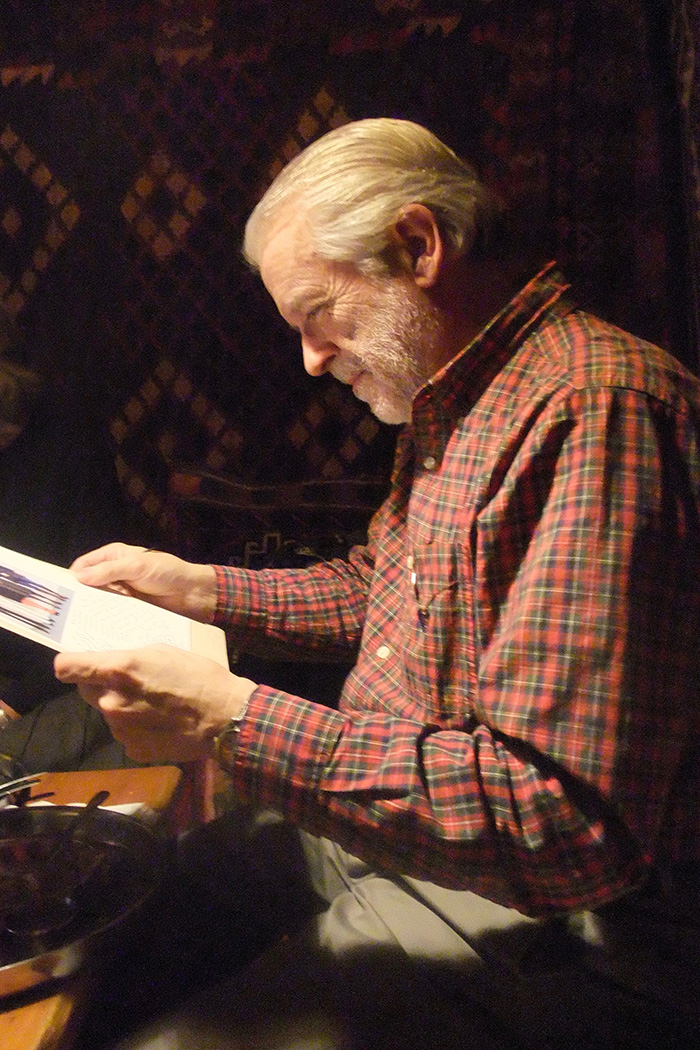Bill McLennan

Bill McLennan. Photograph by Carol Mayer.
Bill McLennan (1948–2020) was a Curator, Pacific Northwest, at MOA. He started working at MOA in 1975, and much of his early work involved photographing the museum's collection. Around 1980, he began experimenting with infrared photography as a way to reveal paintings that had disappeared over time. The success of his efforts led to what came to be known as the Image Recovery Project. His pioneering research with infrared photography resulted in the first rendition of The Transforming Image: Painted Arts of Northwest Coast First Nations (with Karen Duffek, 2000), as well as an exhibition of the same title. The Image Recovery Project reflects his passion for researching the history and dynamics of Northwest Coast art, and for sharing his knowledge with others.
Bill passed away in 2020, a sudden loss keenly felt by the many artists and scholars to whom he was dedicated and who he always prioritized as he pursued his research. Bill was "obsessed," as he put it, not only with the painted art, but with "tracking down" historical treasures in both well-known and unexpected locations. Equally, he was committed to sharing what he learned. In the years after the first edition of The Transforming Image was published, including after he retired as a curator at MOA, he continued to experiment with ways of making more visible the dynamic character of the historical paintings. He focused on some of the hundreds of infrared photographs that he had taken in museum collections in the 1990s that were not able to be included in the book due to space limitations. In these later years of the project, Bill created digital tracings from the photographs by using his computer mouse in Photoshop to trace the areas of pigment that could still be discerned, laboriously "painting" on top of digitized infrared images. The nineteenth-century compositions he brought to light reinforce one of the primary emphases of The Transforming Image: that in the past, as today, painters engaged in a dialogue with what preceded them and what they could imagine; that the compositions (not merely "flat designs") expressed the artistry and intelligence of their makers, their concern with history and the present, their ability to speak through visual poetry and metaphor, their technical expertise. These transforming and transformative images, wrapped around the four sides of a cedar chest or monumentalized on a house-front screen, hold the potential for new understandings when considered from a multi-dimensional perspective.
